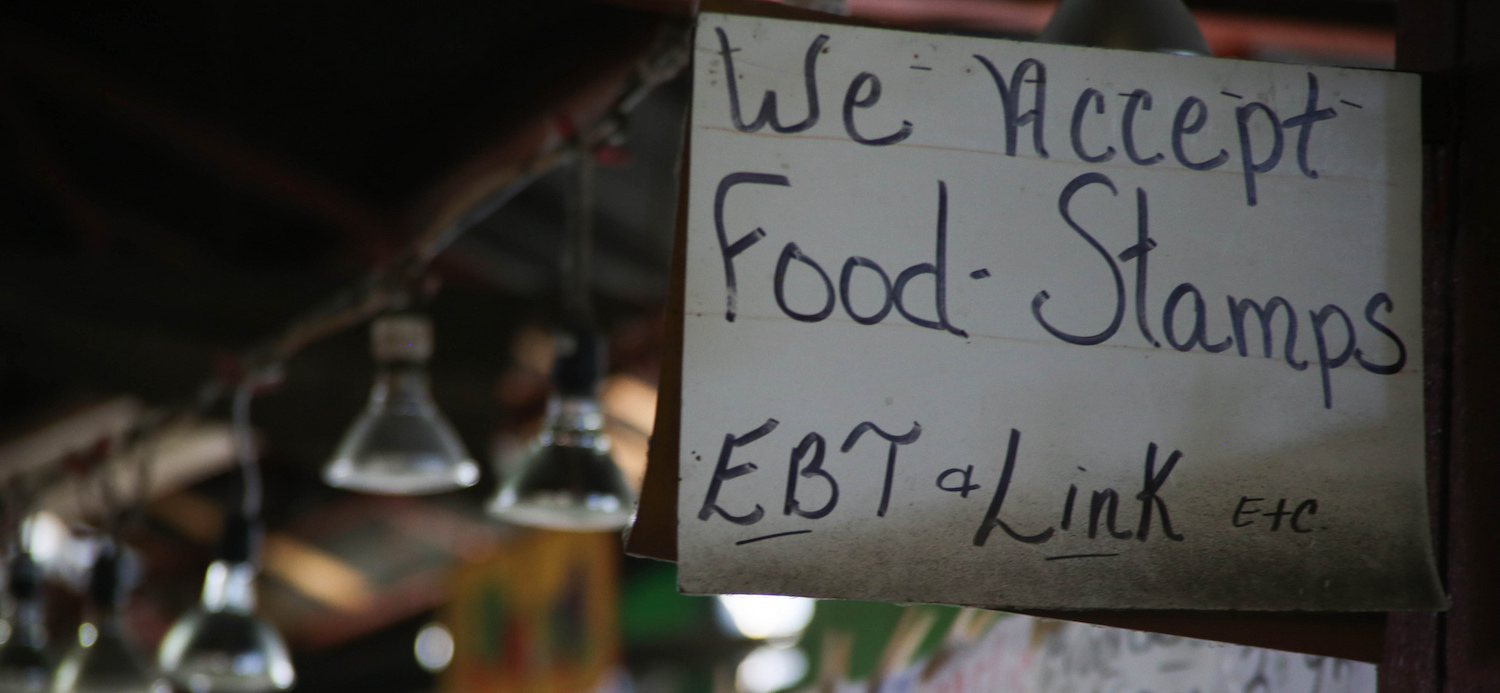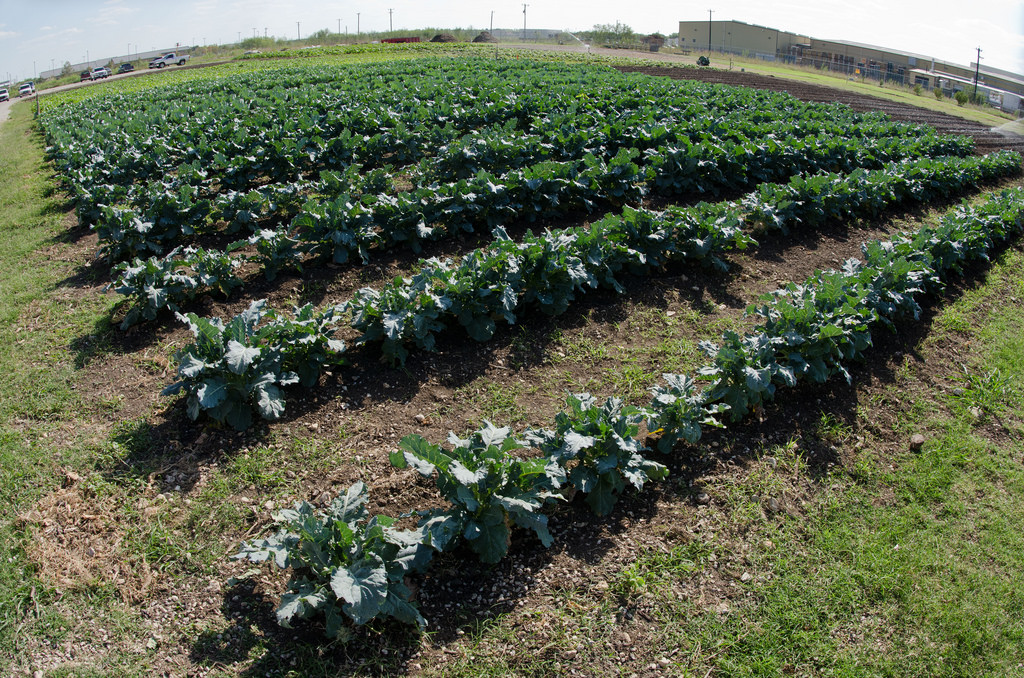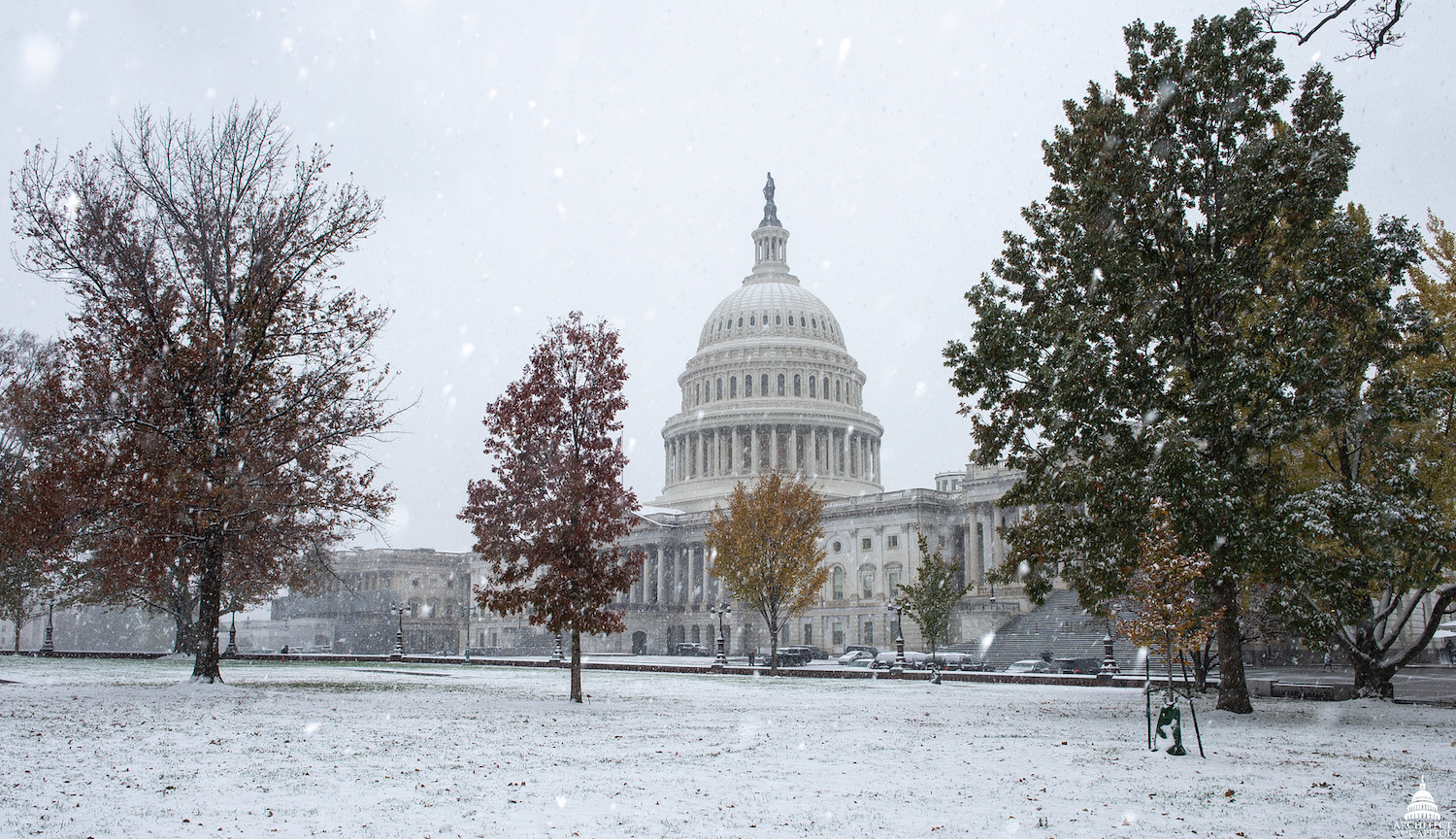As Congress wrangles over the farm bill in its lame-duck session this week, a new report from the Robert Wood Johnson Foundation and Mathematica Policy Research shows that two of the bill’s lesser-known provisions could shrink food assistance benefits for millions of Americans.
It’s no secret that the Supplemental Nutrition Assistance Program (SNAP, formerly known as food stamps) as a whole has been a point of major contention in farm bill negotiations. Both the GOP in Congress and the Trump White House have made it public that they’re eager to curb the number of recipients who rely on the benefits to feed themselves and their families. As we’ve reported for much of the last year, the effort has taken any number of forms, from stricter work requirements to proposed drug-testing to green card penalties.
But whereas those proposals were largely focused on narrowing the parameters of eligibility in order to keep the total number of recipients on the rolls in check, and to combat what some have called fraud and waste, the provisions studied in this new brief would actually shrink existing benefits for people who currently receive them. Here’s how, in the simplest possible terms: One provision would increase SNAP benefits. The other would decrease them. Taken together, the study finds, the two changes could result in a net loss for a family of three.
 Mathematica Policy Research
Mathematica Policy Research Two of the farm bill’s lesser-known provisions, when combined, would have a net negative effect on families on SNAP
A household’s SNAP benefit is determined by a variety of factors, including its size, location, and earned and gross income. Right now, beneficiaries are allowed to deduct some of those earnings, along with energy expenses, when calculating what they are eligible to receive in SNAP dollars. In the current House-backed bill, the deduction a recipient can take on their earned income would expand from 20 to 22 percent, meaning their benefit would rise by an average of $10. (The average monthly allotment for a typical SNAP household is $252.) Twenty percent of SNAP beneficiaries, or 4 million households that received benefits in 2017, would benefit from the change.
The other provision would limit a deduction for energy costs (“heating/cooling standard utility allowance”) to households with a senior or person with a disability. That change would impact between 800,000 and 1,100,000 households, or 3 to 5 percent of beneficiaries, who would lose between $50 and $75 in benefits—in some cases, an amount equal to a week’s worth of meals. It would also increase the amount of SNAP households living in poverty—that is, a family of three whose income, plus benefits, is below the federal guideline of $20,420 a year—from 65 percent to between 68 and 71 percent.
What’s troublesome here is that these two provisions act in opposing directions. To illustrate that point, Mathematica, the firm hired by Robert Wood Johnson, modeled the provisions’ impact on a three-person household that received $346 in monthly benefits. With the increased deduction for income, that family’s benefit would rise from $346 to $357. With the decreased deduction for heating and cooling, the benefit would fall to $197. If both changes are enacted, the benefit would end up somewhere between $206 and $260—losing as much as $140 a month.
 Mathematica Policy Research
Mathematica Policy Research Poverty rates among SNAP households are estimated to rise to between 68 and 71 percent if a little-known farm bill provision passes
“In aggregate, we project that these two provisions would have fairly significant impacts on what the monthly SNAP benefit is, and therefore, have negative impacts, likely, on both food security and income security,” says Giridhar G. Mallya, the foundation’s senior policy analyst. He cites research that finds SNAP usage improves economic self-sufficiency for women and decreases the incidence of metabolic syndrome—obesity, high blood pressure, and diabetes—among children when they grow up. “The generosity, or lack thereof, the SNAP benefit,” he says, would subsequently impact those outcomes.
This isn’t the first time the foundation has used modeling to assess proposed changes to SNAP. During the last farm bill negotiations in 2013, Mathematica found that a failed House proposal to convert SNAP to a state block grant program would have lowered average monthly benefits by $149, or 54 percent overall. And this September, Mathematica released an impact assessment that found the current proposals for stricter eligibility standards in the 2018 farm bill would kick nearly 2 million households, or 9 percent of beneficiaries, out of the program.
While SNAP has been a sticking point in farm bill negotiations thus far, as of this writing, expectations remain high—as high as 65 percent—that Congress will pass the bill this year.









